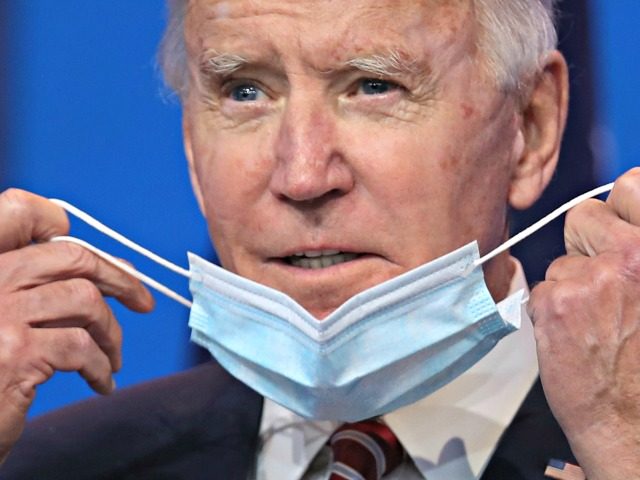New weekly jobless claims jumped by 31,000 to 742,000 in the week ended November 14, the Department of Labor said Thursday.
Economists had expected jobless claims to inch up to 710,000 from the 709,000 initially reported a week ago. The previous week’s level was revised up by 2,000 to 711,000.
This is the first week of claims following the U.S. presidential election and may be viewed as a proxy for business reaction to the election.
Jobless claims—which are a proxy for layoffs—remain at extremely high levels. Prior to the pandemic, the highest level of claims was 695,000 hit in October of 1982. In March of 2009, at the depths of the financial crisis recession, jobless claims peaked at 665,000.
Claims hit a record 6.87 million for the week of March 27, more than ten times the previous record. Through spring and early summer, each subsequent week had seen claims decline. But in late July, the labor market appeared to stall and claims hovered around one million throughout August, a level so high it was never recorded before the pandemic struck. Claims moved down again in September and hade made slow, if steady, progress until the election.
New restrictions on businesses aimed at stemming the resurgence of coronavirus are likely contributing to the rise in layoffs. Some states and cities have imposed new curfews and discouraged people from leaving home for non-essential reasons.
Claims can be volatile so economists like to look at the four-week average for a better view of the health of the labor market. This declined 13,750 to 742,000.
Continuing claims—those made after the initial filing, representing ongoing unemployment—get reported with a week’s lag. For the week ended November 7, these came in at 6,372,000, a decrease of 429,000. The four-week moving average for continuing claims fell to 7,054,500, a decrease of 525,000 from the previous week’s revised average.
In addition to regular unemployment benefits, the federal government this year created two new programs to provide aid to those not usually eligible for state programs. During the week ending October 31, 8.7 million individuals claimed benefits under the Pandemic Unemployment Assistance program, which provides aid to self-employed workers, business owners, and gig workers. Another 4.4 million individuals claimed benefits under the Pandemic Emergency Unemployment Compensation program, which extends unemployment for an additional 13-weeks after state benefits run out. That’s an indicator that more workers are staying unemployed for longer.
The highest insured unemployment rates in the week ending October 31 were in California (8.3), Hawaii (8.3), New Mexico (8.0), Nevada (7.6), Georgia (6.5), Pennsylvania (6.4), Alaska (6.2), Massachusetts (6.2), District of Columbia (6.0), and Illinois (5.7).

COMMENTS
Please let us know if you're having issues with commenting.